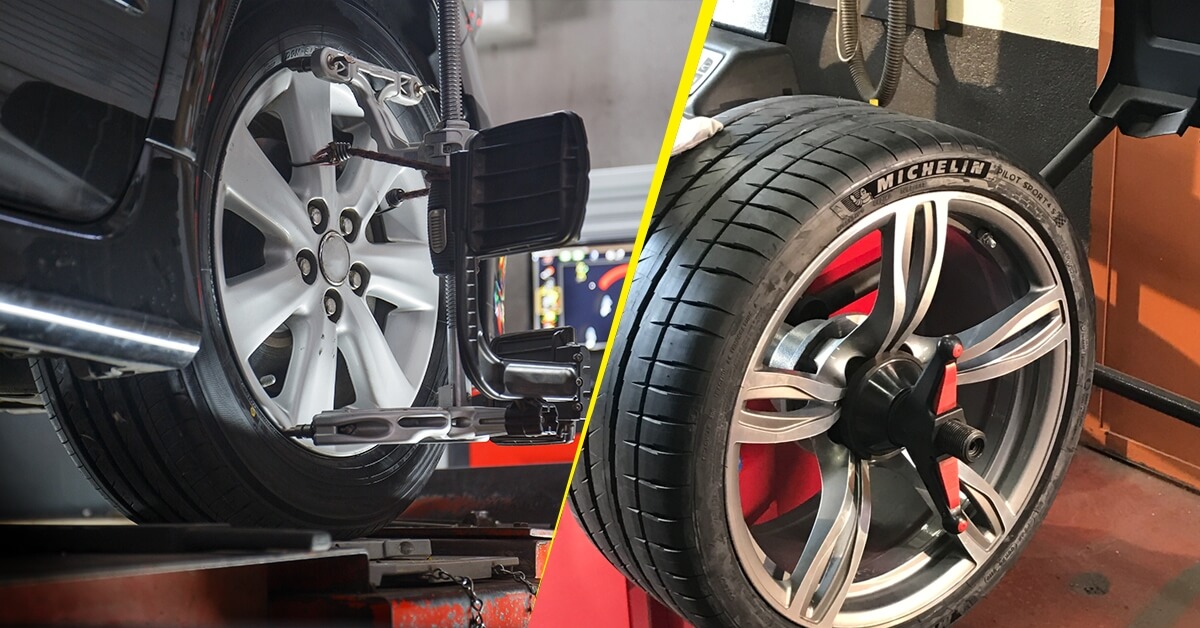
What is the difference between wheel alignment and wheel balancing
What is the difference between wheel alignment and wheel balancing? Are these the same service procedures? How do you know if your vehicle needs one?
Wheel alignment and wheel balancing are maintenance services that address different vehicle issues. So let's take a deeper look at each of them.
To improve the performance of a vehicle, each vehicle manufacturer specifies some predefined angles to the wheels of the vehicle. These angles can undergo a considerable variation over time due to daily driving. Wheel alignment is a service procedure in which these angles are adjusted to be exactly parallel to each other and perpendicular to the ground, as specified by the car manufacturer. This involves checking the tyre tread and the three angles –
caster- angle between vertical and the steering pivot axis when viewed from the side of your vehicle
camber - inward or outward tilt of the wheel when viewed from the front
toe - angle derived from pointing the tyres inward or outward when viewed from above
What are the signs that indicate your wheels need an alignment?
Some of the common signs of misaligned wheel are as follows:
vehicle drifting or pulling to one side
steering wheel off center while driving on a straight road
rapid or uneven tyre wear
uneven braking
steering wheel vibration
Why is wheel alignment important?
During everyday driving wheel angles optimally set by the car manufacturer may undergo a considerable variation over time. This could be the result of your car's parts wearing down over time, an unavoidable pothole, an unintentional hit to the curb, a minor collision, and so on. A wheel alignment resets these angles to their correct settings, ensuring that your wheels are straight in line with the car and making optimum contact with the road. In reality, wheel alignment is a suspension/vehicle adjustment rather than a wheel adjustment.
Out of alignment wheels not only cause premature and uneven wear of the tyres but also greatly affect the other key systems of your vehicle such as the suspension, brakes and steering. When wheels are properly aligned the unnecessary stress imposed on these various systems is eliminated, thus reducing their wear. Adjusting the angles to the recommended specifications means you get improved straight line stability, better cornering performance, steering wheel returnability and reduced tyre wear. And, most importantly, it increases vehicle safety. It is generally recommended to get a wheel alignment done after running the tyres for 5000 km.
What is wheel balancing?
The vibration felt in the steering wheel, floorboard or your seat when driving, particularly at high speeds, is the first indicator of imbalanced wheels.
Wheels could get out of balance due to everyday wear, manufacturing imperfections or issues with the shock absorbers. Also, a vehicle hitting a curb, or a pothole can cause an imbalance in wheels. At times the damage to a tyre can cause one section of the tyre to be heavier than the other sections. In order to compensate for the imbalanced weight a measured weight of lead, zinc or steel is installed on the opposite side of the heavy spot on the wheel to even out the distribution of weight. This is done by balancing the wheel on a spinning machine to locate the heavier part. A counter weight is then placed opposite to the heavier part to balance it – this is wheel balancing.
What are the signs that indicate your wheels need balancing?
Some of the common signs of unbalanced wheels are:
vibrations in the seat, steering wheel or floor
faster and uneven tyre wear
tyre noise
problems with steering
This imbalance can pose stress on your steering system and wheel bearing, So, it’s important to get your wheels balanced to avoid further wear of the vehicle systems. This procedure is generally done in conjunction with wheel alignment, roughly every 5000 to 7000 kms.
Why should you balance your wheels?
Even a small imbalance can have a profound effect on the performance of your vehicle, especially if you are driving at high speed. Wheel balancing is an important maintenance procedure and should be done because it:
improves the performance of your vehicle by eliminating the vibrations from the tyre and wheel assembly, ensuring a comfortable ride.
reduces the tyre bounce and gives you a smoother and safer ride.
reduces the chances of premature tyre wear.
improves the lifespan of the tyre and the fuel efficiency
Wheel alignment and balancing are routine maintenance procedures that are commonly offered at a local auto service center. However, it is tricky to find the one that has skilled technicians and the right equipment to perform the procedure accurately. Hence, ensure you reach out to a verified car service center in your city for the best results.

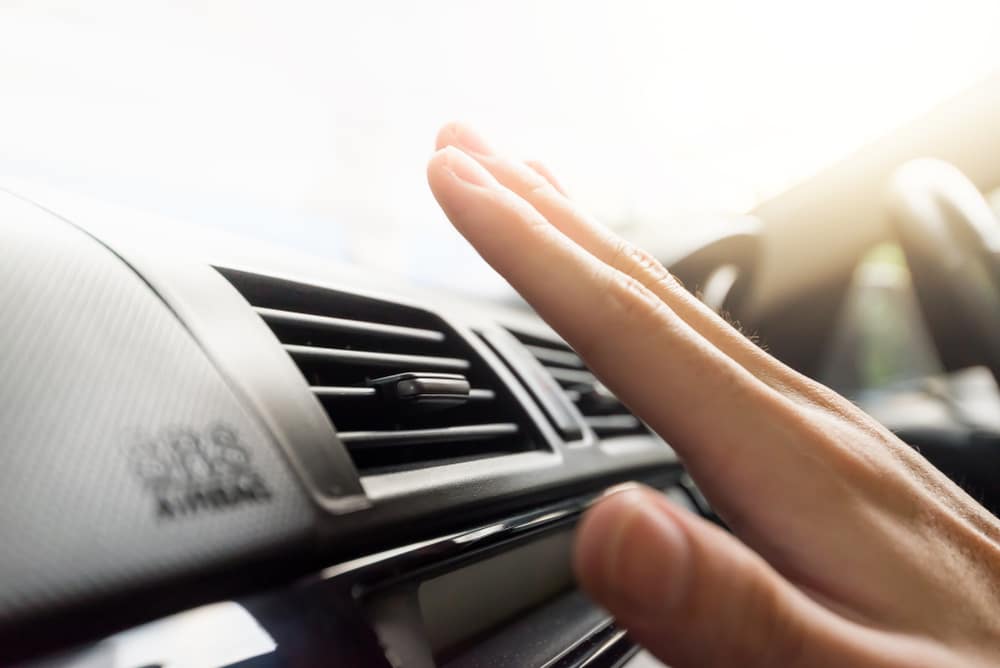
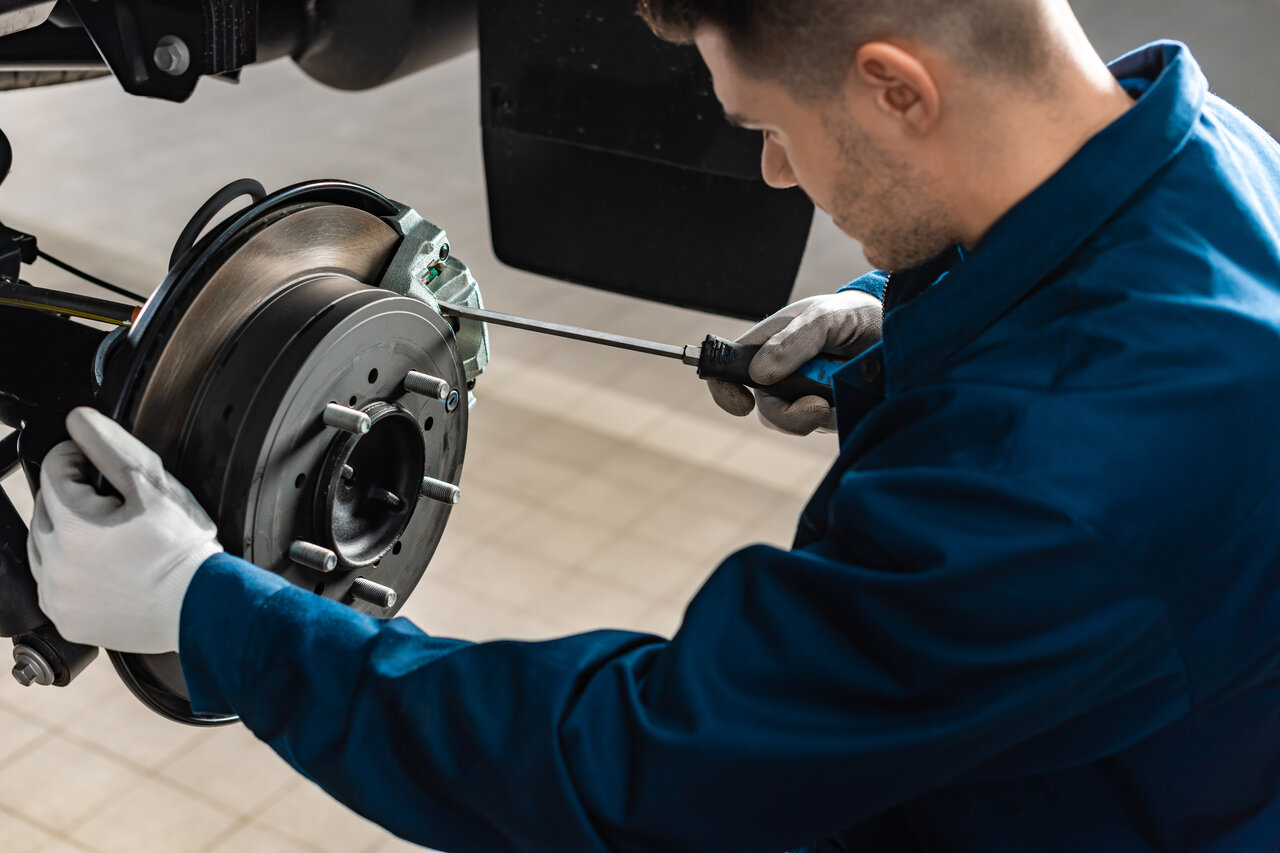
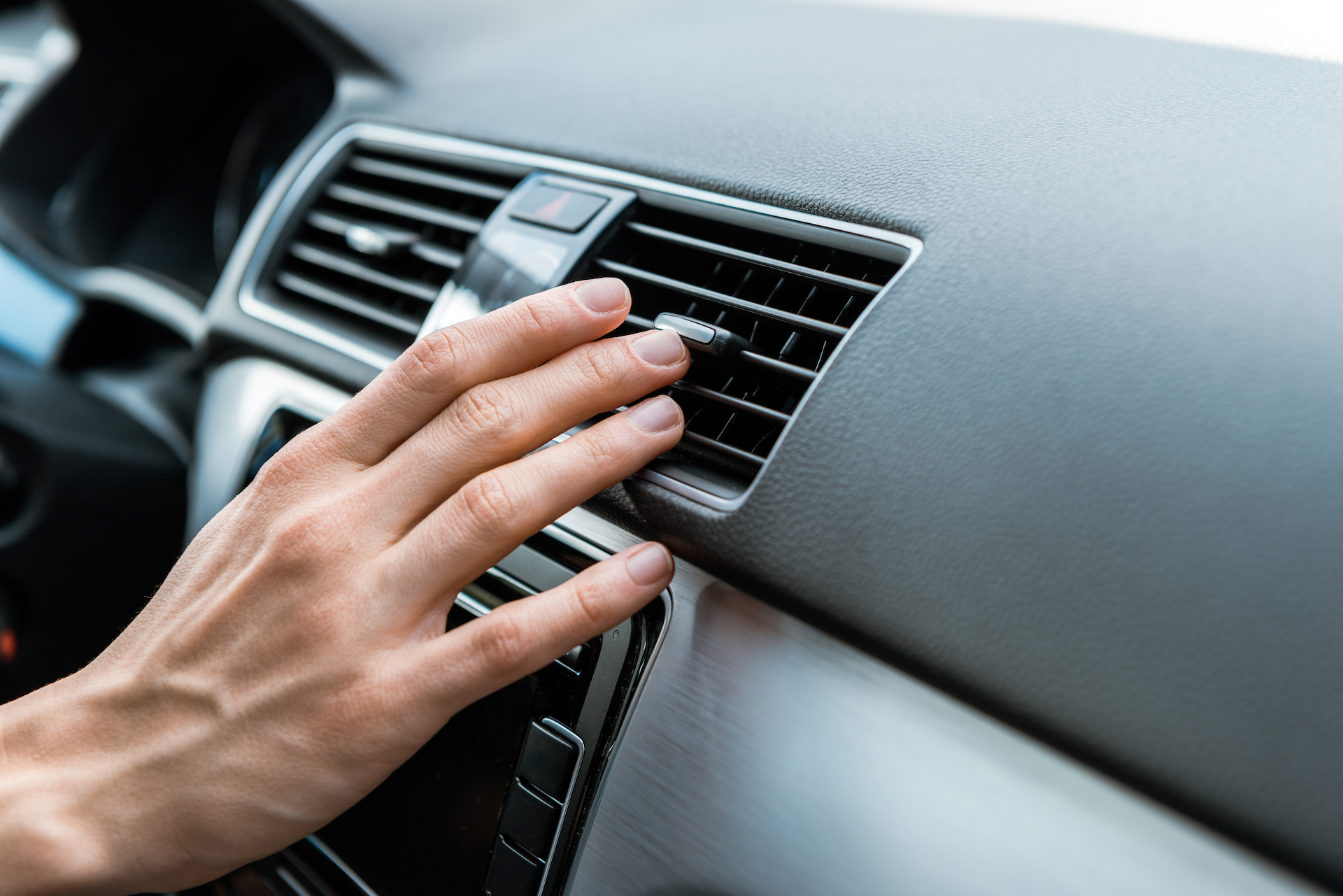
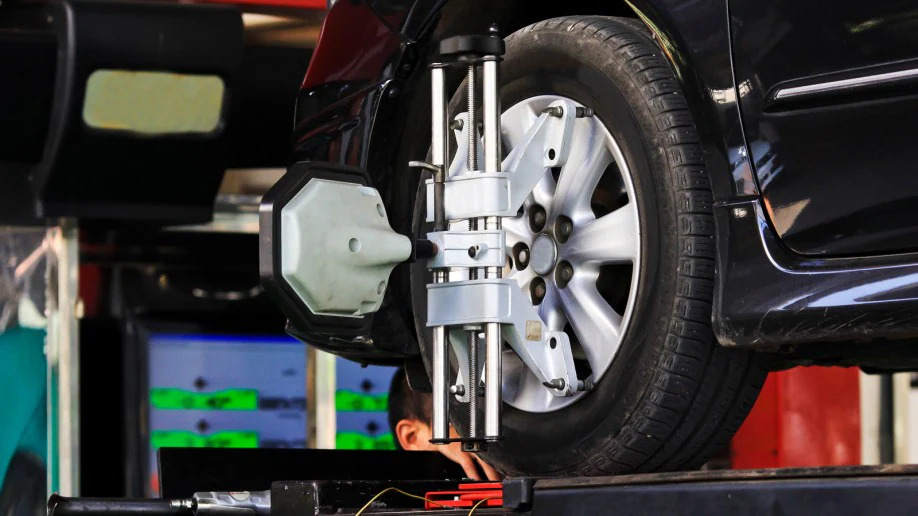
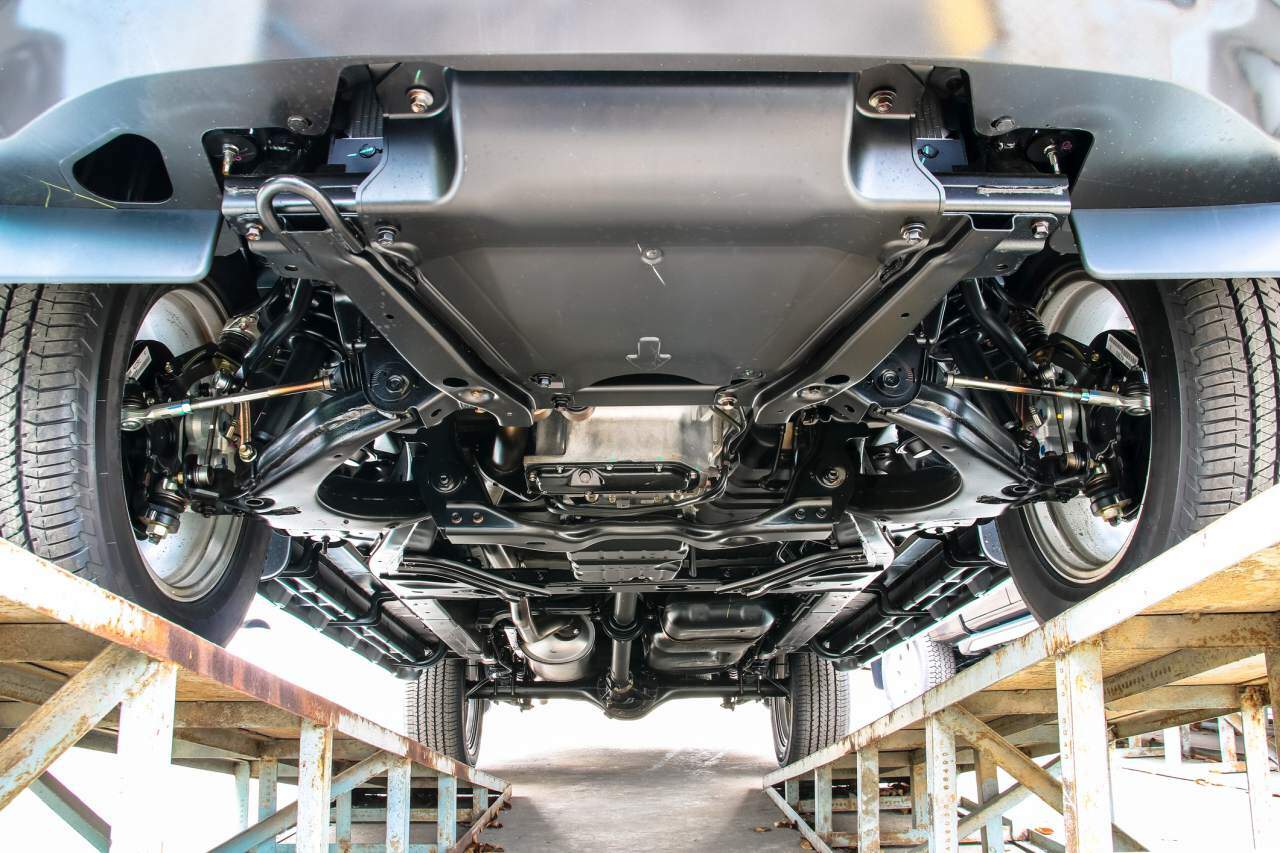
comments 0